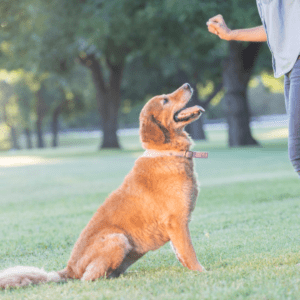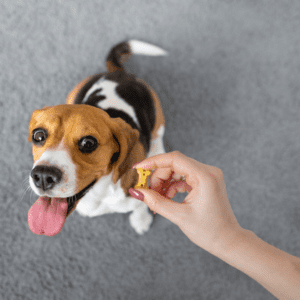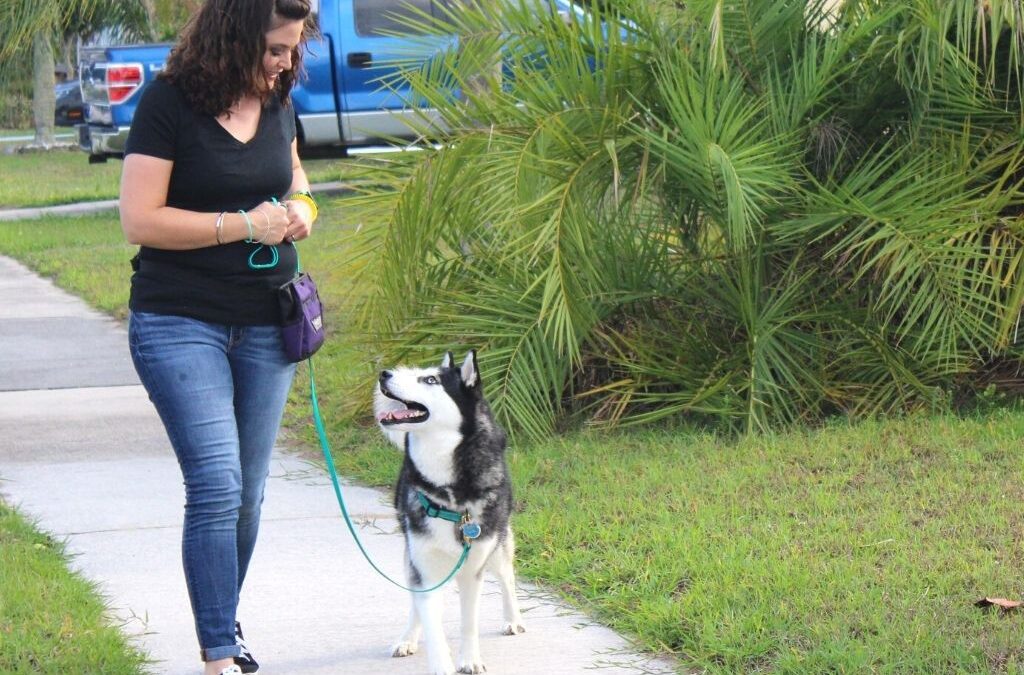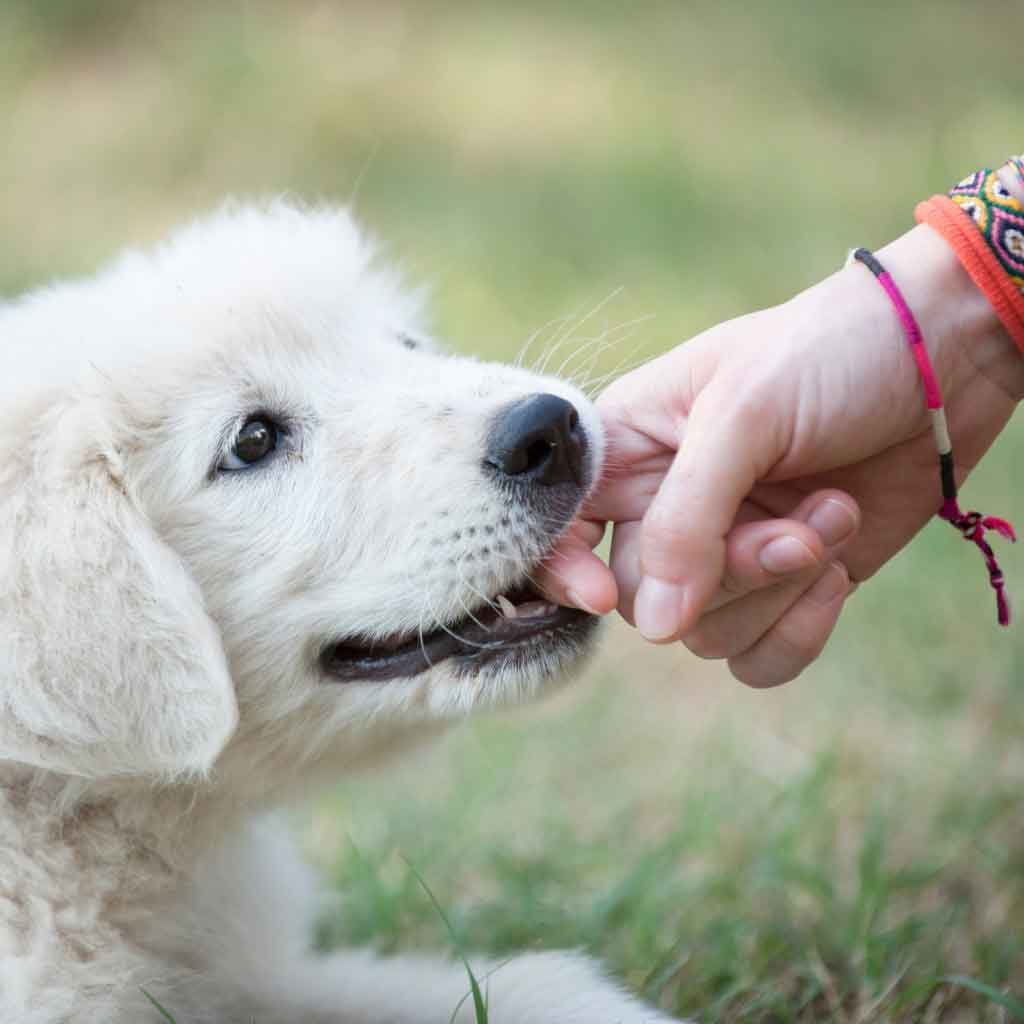
Choosing a Reputable Dog Breeder: A Comprehensive Guide
Choosing a Reputable Dog Breeder: A Comprehensive Guide
Welcoming a new furry friend into your family is an exciting and rewarding experience, but it comes with important decisions, like where to get your new dog! Most people will acquire their new pet from a breeder or through a rescue organization. Although we support and encourage adopting from ethical rescue organizations, for the purpose of this article, we’re going to focus on what to look for in a good breeder.
As you can imagine, not all breeders are created equal. In fact, there are some truly terrible ones out there! On the other hand, there are some exceptional breeders that invest great care, time and money into producing quality pups with great temperaments and good health.
In this guide, we will explore the essential factors to consider when choosing a dog breeder so you’ll have the best shot at finding your ideal four-legged companion.
-
Research, Research, Research
Before diving into the process of selecting a dog breeder, take the time to research and educate yourself about different breeds, their environmental needs, potential health issues and common behavioral challenges. Oftentimes the run-of-the-mill breed descriptions found on the AKC website can lack depth and don’t give the full picture. Instead, we highly recommend Kim Brophey’s book called Meet Your Dog as an excellent guide to true breed origins. The book goes into detail about why some dog breeds behave the way they do and what to be aware of if you choose to have a certain breed. You can learn more here: https://www.meetyourdogbook.com/
This knowledge about your breed of choice will empower you to make informed decisions and ask the right questions when interacting with breeders.
-
Application Process and Puppy Picks
Reputable breeders care about where their puppies end up. You should expect that the breeder will have an application process of some kind that involves interviewing YOU almost as much as you are interviewing them! Do not be offended by this, it’s actually a good sign that the breeder wants to make sure you will be a great dog parent. Good breeders will also learn about your lifestyle, family and dog goals and use that information to match you to a specific puppy based on personality rather than just allowing you to choose by color alone.
If you find a website that allows you to view individual puppies and “add to cart”, BEWARE! Most great breeders have wait lists for puppies and may not have puppies readily available at all times because they carefully choose their pairings and dedicate a lot of time and effort to developing each litter. If a breeder has several puppies from multiple litters available any time, this is a bad sign.
Choosing the Perfect Dog Breeder

-
Visit the Breeder’s Facility and Meet the Parents
Physically visiting the breeder’s facility is a crucial step in assessing their professionalism and the living conditions of the dogs. A responsible breeder will allow and encourage visits, as they take pride in their breeding practices. Pay attention to cleanliness, space, socialization and the overall well-being of the dogs on the premises. Put on your detective hat here. Does it look like the puppies actually live here or could this be a staging area where the puppies are brought for sales but they are actually housed off site? It may be surprising but we’ve seen lots of situations where the breeder will meet the buyer at one location but actually keeps their dogs in terrible conditions on a farm or property elsewhere.
Also, where are mom and dad? How about the rest of the litter? You should be able to meet your puppy’s siblings and mother at a minimum. When meeting the mother, take note of her personality. Is she outgoing and friendly or timid and reserved? Does she seem high-strung and hyper or relaxed and calm? If the breeder says something like “the mother is really protective of her pups we keep her separated”, this is a red flag! Keep in mind that genetics set the stage for your puppy’s behavior so if mom is fearful, anxious or aggressive, it’s pretty likely that at least some of the puppies will share those traits.
This firsthand experience will give you valuable insights into the environment in which the puppies are raised and help you gauge the breeder’s level of care.
-
Ask Questions
Prepare a comprehensive list of questions to ask the breeder during your visit or communication. Inquire about the breed’s history, health testing, socialization efforts, and the breeder’s philosophy. A knowledgeable breeder will be open and transparent about their breeding practices, genetic testing, and the steps they take to raise healthy and well-adjusted puppies. If they seem annoyed by your questions or deflect the answers, this is a red flag. Be sure to ask if the breeder is doing anything to help prepare the puppies for life in their new homes. Skills like crate training, house training, car rides and comfort being alone can all start before the pups leave the breeder.

-
Health Testing and Genetic Screening
Ethical breeders prioritize the health and well-being of their dogs by conducting thorough health testing and genetic screening. Ask the breeder about the specific health tests performed on the parent dogs to ensure they are free from hereditary diseases and conditions commonly associated with the breed. You can find a list of the recommended health tests for each breed on the AKC website here: https://www.akc.org/breeder-programs/breed-health-testing-requirements/
Request to see copies of health clearances and test results to verify their claims. You may also verify their claim by searching for the name of the parent dog or kennel in the Orthopedic Foundation for Animals database here: https://ofa.org/
Make sure you actually check because I have seen many breeders claim that they health test the parents but when you search the database, the claim proves false!
-
Puppy Socialization
A responsible breeder will expose puppies to various stimuli and socialization experiences during their critical early weeks. Socialization helps puppies develop confidence, adaptability, and appropriate behavior. Inquire about the breeder’s socialization practices and how they expose the puppies to different environments, people, and other animals. A well-socialized puppy is more likely to grow into a well-adjusted adult dog. Bonus points if your breeder follows Puppy Culture or Avidog early socialization protocols!
Be aware that the breeder may say that they don’t take the puppies anywhere due to disease risk. However, there are many ways to safely expose puppies to new sights and sounds without even putting them on the ground in a new place. They just have to put in the effort! Even a car ride or a stroller walk is an easy way to get the puppies out there!
-
Breeder’s Goals
A dedicated breeder is genuinely passionate about the breed and may have goals guiding their breeding practices. Typically breeders will prioritize either health, conformation, aesthetics (like color), temperament or working ability. It’s important to know what your breeder values most out of these goals. Generally, we recommend looking for a breeder who puts temperament and health as top priority, especially when looking for a companion pet.
Keep in mind that when dogs are bred for popular aesthetics like rare colors and coat types, the breeder may make concessions on the other important elements in order to get that special color. For example, if the rare fluffy Frenchie is dog aggressive and has a luxating patella, they may still breed it because it’s fluffy and the fluffy gene is rare so they have less breeding candidate options.

-
Contract, Health Certificates and Guarantees
A reputable breeder provides a written contract that outlines the responsibilities of both parties, including health guarantees, return policies, and lifetime support for the dog. Review the contract carefully and ensure you understand all terms before committing. The contract should offer protection for both the buyer and the breeder and demonstrate the breeder’s commitment to the welfare of their puppies. The breeder should be willing to take the dog back at any time for any reason for the lifetime of the dog. And bonus if they offer a partial refund if the dog is returned within a certain time frame. If there is a major health problem that arises, the breeder should be supportive and offer some sort of compensation.
In the state of Florida, it is illegal for a breeder to sell a puppy under 8 weeks of age. By law, the breeder must also provide you with a veterinarian signed health certificate. Here is a link to what it looks like: https://forms.freshfromflorida.com/09085.pdf If they are selling you a puppy that is younger than 8 weeks, they will not have a legitimate health certificate either.
-
Red Flags to Watch Out For
Be wary of breeders who are unwilling to answer questions, provide health records, or allow visits to their facility. Avoid those who prioritize profit over the welfare of the dogs or seem evasive about health testing and the breed’s potential issues. Trust your instincts and avoid breeders who raise any doubts or concerns. You must be willing to WALK AWAY! If you buy the puppy anyway to “rescue” it out of the situation, you are fueling the whole cycle. Don’t be afraid to report the breeder to animal control if they are mistreating the animals in their care or trying to sell puppies that are under 8 weeks of age! There is no accountability for crummy breeders unless we start telling others about it.
Choosing the Perfect Dog Breeder
Selecting a dog breeder is a significant decision that requires careful consideration and research. By following these comprehensive guidelines, you can ensure that you are choosing a responsible and ethical breeder who prioritizes the health, well-being, and proper socialization of their dogs. A reputable breeder will not only provide you with a healthy and well-adjusted puppy but will also offer ongoing support and guidance as you embark on this wonderful journey of canine companionship. Remember, investing time and effort into finding the right breeder will pay off for the lifetime of the dog. It is well worth your diligence!
Meet Treasure Coast Puppy Trainer, Gerry-Anna
Hi!
I’m Gerry-Anna, the leading puppy trainer on the Treasure Coast, and I’d love to support you through your puppyhood journey and beyond!
If you want a dog that will be an absolute joy to share your life with, who’s a pleasure to be around, then it all starts with early puppy training.
As the saying goes, prevention is better than cure, and that is so true when it comes to raising a well-mannered dog who is a wonderful addition to your family. Fixing problems takes a lot more time, effort, and support. But if you learn how to prevent problem behaviors from developing and how to communicate with your puppy so they understand exactly what you want – you have an incredible foundation for the road ahead.
When To Start Puppy Training
In an ideal world, you will start your puppy training as soon as your puppy comes home. But it probably doesn’t look quite as you’d expect!
It’s much less about teaching cute behaviors like sit, down, and handshake…and more about helping your puppy develop confidence, manners, and resilience.
Included in all of my puppy training programs are my wellness essentials. These are the foundations that will underpin your puppy’s ability to understand boundaries, respond appropriately and grow into a content adult dog.
If you’ve not started training yet and wonder if it’s too late, please don’t panic or feel bad. Your dog can learn these foundations at any age. It may take a little longer to undo bad habits, but it’s entirely possible with the right support.
Puppy Training Vero Beach, Treasure Coast, Florida
If you’d like to learn more about our programs and see if we’re the right fit for your pup, give us a call or contact us online to book a FREE phone consultation with our puppy trainers. We’d love to chat with you!










